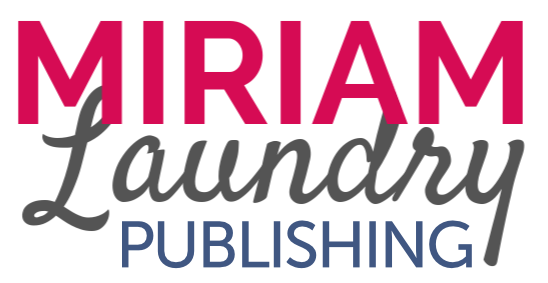The final phase of editing is copy editing, preceded by a manuscript analysis & structural editing. Copy editing is where you will take a microscopic view through your manuscript and wrap up the self-editing process.
What Copy Editing is
Copy editing is the third and final editing phase. During this edit, you will look at your manuscript up close, checking for minor corrections related to word choice, grammar, spelling and punctuation.
NOTE: Make sure you’ve completed a thorough manuscript analysis and structural edit before beginning your copy edits!
Therefore, these corrections will take place directly in the manuscript, sometimes so small that you may not even notice them at first!
Here’s an example of what copy editing may look like:
He ran runs to the store and buys some mints. The ments mints are his favourite flavour: P peppermint. They tasted exactly like he remembersded. And They’re nice and fresh!
Pre-Edit & Save on Your Budget:
Editing Checklist for Children's Books
How to Copy Edit Your Own Manuscript
Firstly, you’ll want to ask yourself a series of questions that will ensure you meet all copy editing needs. Here’s a list of questions to get you started.
Questions about Copy
Is the spelling correct?
Is the grammar correct?
Is the punctuation correct?
Questions about Sentence Structure
Are all of my verbs in the same tense (e.g., past, present, future)?
Is my sentence using active or passive voice (e.g., “The boy kicked the ball” vs. “The ball was kicked by the boy”)?
Questions about Word Choice
Are all the important nouns specific, or are they nondescript (e.g., “flower” vs. “tulip”)?
Are any of my adjectives redundant (e.g., “The sweet candy”)?
Do my verbs stand on their own two feet, or do they rely on too many adverbs (e.g., “He swiftly moved to the sidewalk” vs. “He sprinted to the sidewalk”)
Are any of my adverbs redundant (e.g., “He ran swiftly”)?
After you’ve combed through your manuscript seeking the answers to these questions, you’ll have a great start on your copy editing underway. However, it doesn’t end there.
Copy Editing Strategies
Unlike the other types of editing (manuscript analysis & structural editing), you’ll need to take more than one pass through the story for copy editing. Often, I suggest using different strategies to ensure you catch new errors each time.
Here are some copy editing strategies to consider:



After all that is complete, you will finally be finished copy editing your manuscript and ready to submit to a professional editor. Make sure to celebrate your progress along the way!
